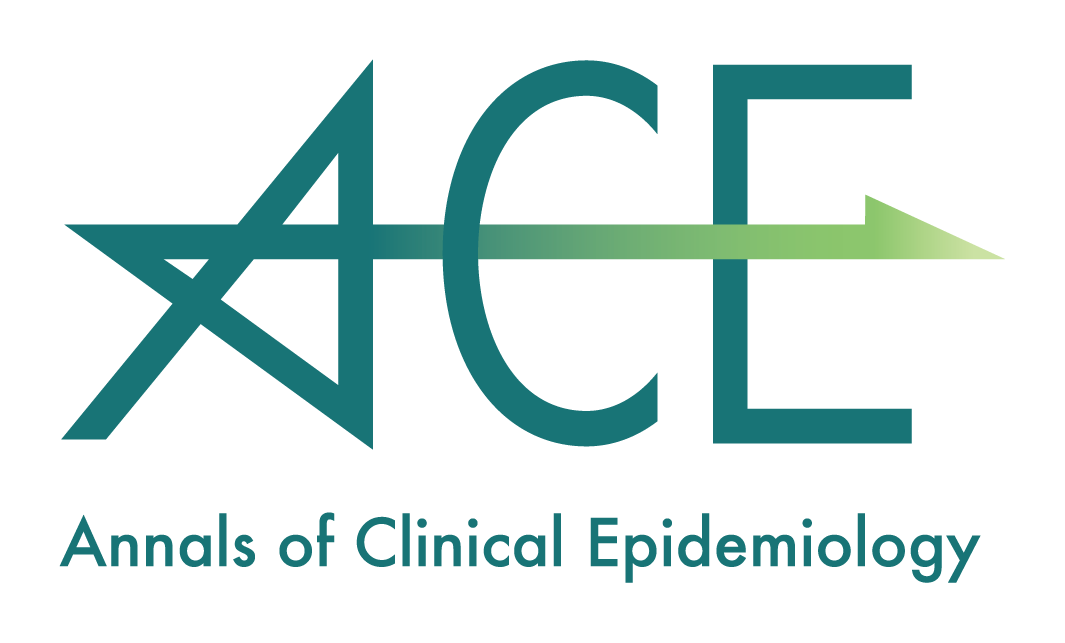Volume 5, Issue 1
Displaying 1-4 of 4 articles from this issue
- |<
- <
- 1
- >
- >|
SEMINAR
-
Article type: SEMINAR
2023Volume 5Issue 1 Pages 1-4
Published: 2023
Released on J-STAGE: January 11, 2023
Download PDF (2198K) Full view HTML
ORIGINAL ARTICLE
-
Article type: ORIGINAL ARTICLE
2023Volume 5Issue 1 Pages 5-12
Published: 2023
Released on J-STAGE: January 11, 2023
Advance online publication: September 29, 2022Download PDF (175K) Full view HTML -
Article type: ORIGINAL ARTICLE
2023Volume 5Issue 1 Pages 13-19
Published: 2023
Released on J-STAGE: January 11, 2023
Advance online publication: September 29, 2022Download PDF (402K) Full view HTML -
Article type: ORIGINAL ARTICLE
2023Volume 5Issue 1 Pages 20-29
Published: 2023
Released on J-STAGE: January 11, 2023
Advance online publication: September 29, 2022Download PDF (570K) Full view HTML
- |<
- <
- 1
- >
- >|
